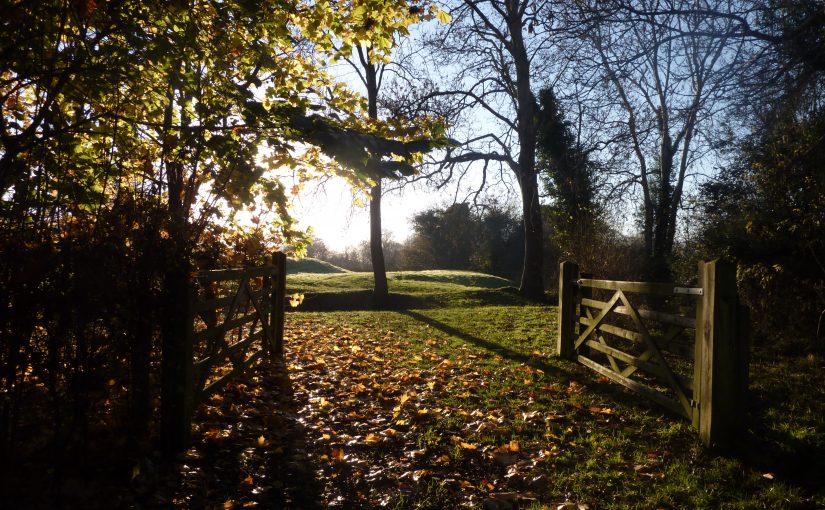In Edward Bunting’s transcription pamphlets from the 1790s, there is a page which has a whole load of dots and titles that I don’t understand. On this post we will look at this page and see if we can make any sense out of any of it.
Continue reading Mystery DotsTag: Bunting
Dawn of Day
In the 1790s, Edward Bunting made a notation of a tune titled “Dawn of Day”, apparently as a live transcription from the playing of the old Irish harp tradition-bearer Denis O’Hampsey.
In this post we will have a look at the live transcription notation and try to say something useful about it.
Continue reading Dawn of DayJohn Jones
In one of Edward Bunting’s little collecting pamphlets from the 1790s, there is a two-page opening containing a live transcription notation and expanded neater version, or the tune of John Jones. You can see the two pages online. They are Queen’s University Belfast, Special Collections, MS4.29 page 164/162/171/f80v and page 165/163/172/f81r
Continue reading John JonesTrue love is a tormenting pain
Some time in the 1790s, Edward Bunting made what looks like a live transcription of the tune of True love is a tormenting pain, from the playing of the elderly Irish harper and tradition-bearer, Denis O’Hampsey.
The page with the live transcription notation on is now Queen’s University Belfast, Special Collections, MS4.29 p.160/158/167/f78v.
In this post we will look briefly at the live transcription notation, to see what it can tell us about traditional Irish harp performance style and idiom.
Continue reading True love is a tormenting painCad é sin do’n té sin nach mbaineann sin dó
In the 1790s, Edward Bunting made a transcription of the tune of Cad é sin, live from the playing of the traditional Irish harper Denis O’Hampsey.
In this blog post we will briefly go through what we know about this live transcription notation and what it might tell us about traditional Irish harp performance style.
Continue reading Cad é sin do’n té sin nach mbaineann sin dóCodladh an Óigfhir
In Queen’s University Belfast, Special Collections, MS4.29 page 49/45/054/f22r, Edward Bunting has written what looks like a live transcription notation from a traditional harper informant, of the tune of Codladh an Óigfhir.
This tune has had tons written about it, connecting it to Danny Boy, but in this blog post we are going to pretty much ignore that and concentrate on Bunting’s live transcription notation, because for this Old Irish harp Transcriptions Project what we are really interested in is not so much the tunes themselves, but what the initial live transcription notations can tell us about old Irish harp performance style and idiom.
Continue reading Codladh an ÓigfhirLady Letty Burke
Edward Bunting made what looks like a live field transcription of the tune of Lady Letty Burke, from the harper Denis O’Hampsey in the 1790s. In this blog post we will have a look at Edward Bunting’s notations, and think about what they can tell us about the old Irish harp tradition.
Continue reading Lady Letty BurkeUilleacán Dubh O
In the 1790s, Edward Bunting wrote what looks to me like a live transcription notation of the tune of Uilleacán Dubh O into one of his wee collecting pamphlets. In this post we are going to look at the manuscript page, and try to work out what it is and what we can find out about it by collating against other information.
Continue reading Uilleacán Dubh OBurns’s March
Burns’s March is one of the first tunes taught to young harpers. In this blog post I am going to describe the live transcription notations that we have from Irish harper tradition-bearers in the late 18th and early 19th century. Then I will try and find derived works that give us contextual information and attribution tags. And finally I will look at some independent versions or variants in other sources.
Continue reading Burns’s MarchCodladh an tSionnaigh
Edward Bunting wrote both tune and text of the song Codladh an tSionnaigh into his little collecting pamphlets, some time in the 1790s. He also wrote a fragment of an instrumental variation into a different collecting pamphlet, apparently at a different place and time.
These notations are very interesting. The song tune and lyrics especially is perhaps unique in Bunting’s manuscripts. In this post we will look at what he has put in his collecting pamphlets, and collate this against other versions of the song, and try to say something useful about the tune and Bunting’s notation of it.
Continue reading Codladh an tSionnaigh








